Humus is a substrate for fertilizing crops. Top dressing should be done according to the rules, just as well as stored in order to eliminate the loss of nutrients. It allows you to saturate scarce soil with useful substances, enrich the soil with trace elements necessary for growth and development and increase the volume and quality of the crop. But when you make it you need to follow the rules.
Content
Humus - what is it
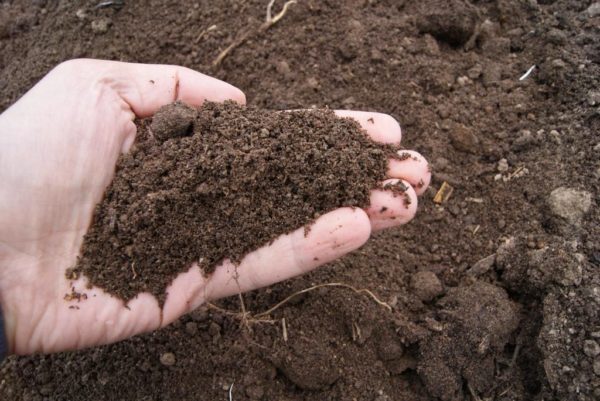
Fertilizer of organic origin. You can make the composition with your own hands. For processing, use components in the form of:
- foliage;
- cattle manure;
- bird droppings;
- straw;
- hay;
- weeds;
- ashes;
- residues from fruits and vegetables;
- bark;
- sawdust;
- special additives;
- branches
- shrubs.
There, add plants removed from the site.
You need to add cattle or bird manure to the composition. Excluding organic additives can only achieve rotting grass. It is forbidden to add:
- chemical substances;
- plants removed from the site due to the fact that they are infected with serious diseases;
- food of animal origin;
- seeds from weed crops.
Manure can only be used from healthy animals.
How to cook humus from manure
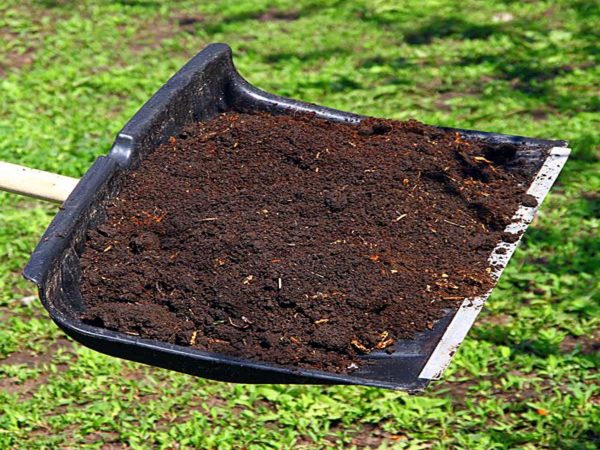
To make high-quality humus and not to use drugs made in the factory, it is worthwhile to correctly observe the sequence of arrangement of the layers. It is preliminary recommended to study sketchy photos, by which you can clearly see the cooking process.
Process description:
- Plants. Thickness should not exceed 15cm. An increase slows down the activation of rot. Take grass only where there are no seeds. Otherwise, they will germinate and instead of humus we get a container with weeds. Sprinkle the layer with a layer of earth, in which lime is added.
- Hay and straw. Straw saturates the foliage with beneficial substances and oxygen. It is necessary for the formation of a porous structure and the binding of moisture inside the humus. Before laying out the material, carefully chop it into small particles. This material can be added even with conventional plant mulching.
- Foliage. Dry it thoroughly before use. Otherwise, the leaves will clump. Mix them with other plant waste, and then lay it in a thin layer.
- Sawdust. For the preparation of humus, wood sawdust is needed. To activate and improve the decomposition process, mix them with grass before laying.
- Tree bark. She has a lot of nitrogen. To increase its concentration, bark should be mixed with chicken droppings or cattle manure.
To get humus for cultivating the land, you can use cow dung. It contributes to the improvement of the earth structure. It will be more loose, moisture-resistant and light. A warm composition is a semi-liquid substance that has an unpleasant odor.
Horse manure is now rare and it is advisable to use it mainly when planting greenhouse flowers. Fertilizer should be semi-matured. Application area:
- flowers
- carrot;
- beet;
- tomatoes and other vegetables.
It is best to add rotted horse organics in the fall during digging or in seedlings as an additive.
Chicken manure negatively affects the plants of the summer cottage. Only limited use is permissible. Otherwise, cultures will die from toxic nitrates. Fertilizer should be semi-liquid, weak in concentration. Acid can burn out roots in a few hours.
Cooking Technique:
- Pile the manure.
- Prepare a pit, box or pad.
- Cover the pile with roofing material.
- Moisturize regularly for aging. The top coat must always remain wet.
- To carry out loosening regularly.
Cooking fertilizers from manure cattle purchased at the store does not require shelter. Leave it in the open air, and you can use it after 1-2 years.
How to quickly make humus from leaves
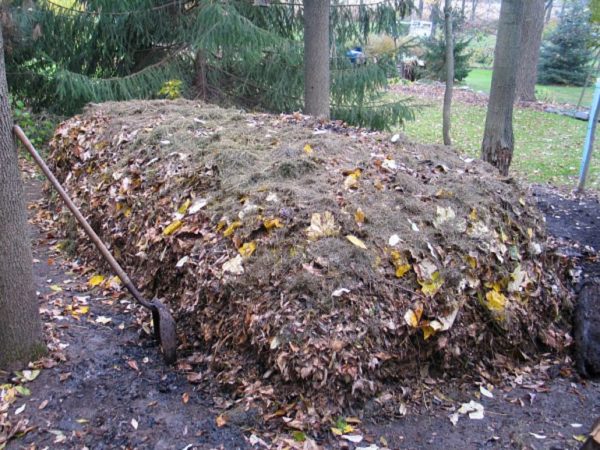
It is not advisable to store humus in bags, in the same way as to produce it without adding manure. Straw, plant debris and this component are the most ideal ingredients. Namely:
- there are no special restrictions on the choice of foliage, since materials from any deciduous tree are suitable;
- foliage should be mixed with waste, sawdust;
- bird droppings are placed on the leaves;
- each layer is carefully shed.
If a lot of midges have formed near the tank, then the humidity is too high. To remove the problem, leave the box open and do not water for a week. In the absence of a change in the color of the material and the smell of moist earth, on the contrary, it must be moistened. Some gardeners add potato peeling and fresh grass.
Composting Rules
Prepare the substrate for a long time. Months must pass for the organics to give back the most useful components, and a number of rules must be observed:
- The thickness of the layers is 70 cm.
- Materials cannot be sealed.
- To activate the process of decay, maintaining moisture is required, for this, watering.
- For penetration of oxygen into the substrate regularly do shoveling with a pitchfork.
- The optimal volume of 1 tank is cubic meter.
Cover the drawer with a canvas with good breathability.
Means for the preparation of humus should not contain meat and milk waste. They do not whine, but quickly sour, which will make the air around the box unpleasant and even dangerous to human health. These “flavors” attract rodents and other pests. No household garbage is added to the compost pit. Do not turn a pit or tank into a landfill.
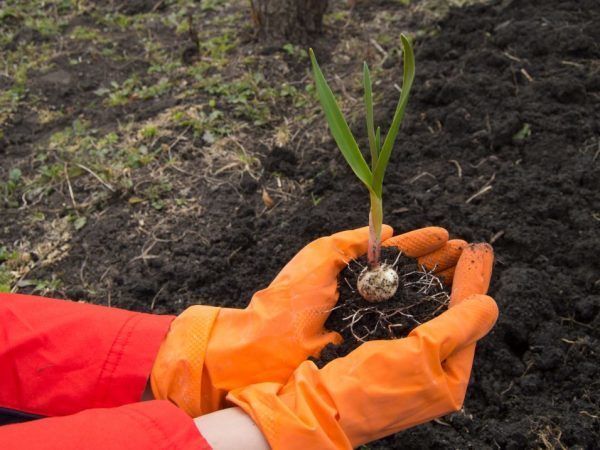 You may be interested in:
You may be interested in:Humus should be stored in a container where it will come into contact with direct ultraviolet rays. This helps to speed up decomposition and the formation of pathogenic microbes. Keep the temperature and humidity in the drawer constant.
Application Rules
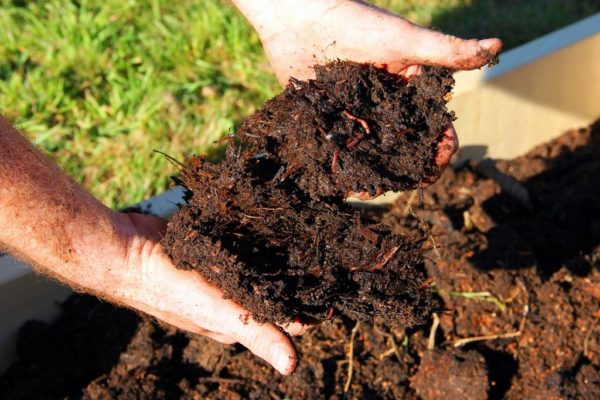
Humus of manure must be introduced in the fall. The substrate should be evenly distributed throughout the site. It is imperative to dig the soil to a depth of 15 cm. To decompose the organics during the winter and in the spring all the land will be fertilized. Useful substances will fill the soil and plants with trees will receive a lot of components necessary for active growth and development. Chicken droppings should also be paid in the fall.
The introduction of herbal humus into the black soil is done in the spring.The fertilizer must be fully ripe, and you can determine the degree of readiness by:
- softness;
- friability;
- friability;
- black or dark brown;
- smell similar to fresh earth.
Leaf humus has a pungent odor. The introduction is carried out in the holes, together with planting, replanting trees and bushes.
It is not enough to study what humus is, what it consists of. It is important not to make mistakes when using the substrate:
- There must be a drain for water that accumulates in the tank.
- A compost heap should not rot.
- It is forbidden to add only carbon or nitrogen-containing components, this will reduce the quality of the finished composition.
- It is forbidden to use weeds with seeds. Subsequently, they will germinate in the garden.
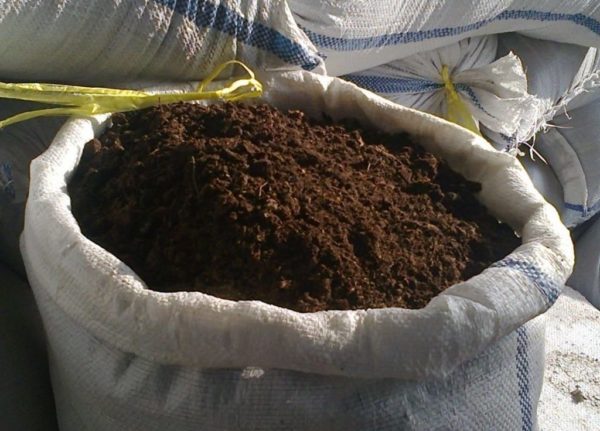
Fertilizer can be made at home from grass in bags.
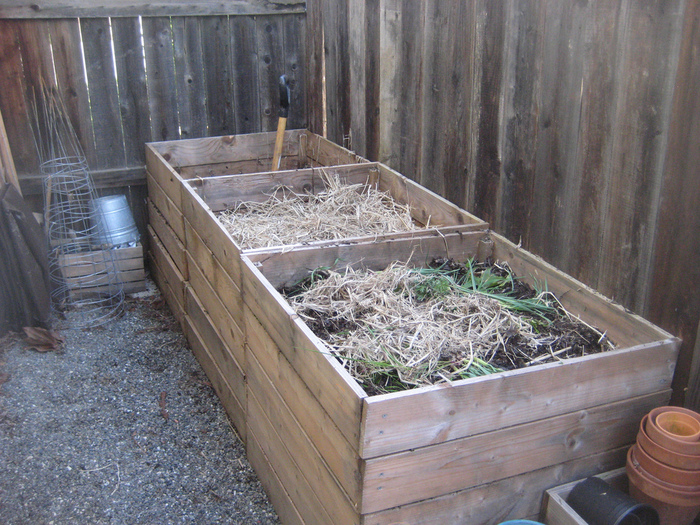 You may be interested in:
You may be interested in:Reviews
Composting is possible in the factory and with your own hands. The latter option is longer. Here are some reviews gardeners leave about this fertilizer.
Irina, 42 years old
Never used humus before. I considered this composition a completely meaningless purchase. The neighbor advised, said a good result. The first time I made an order in a special company, and now I try to do it myself. I am very pleased that I save money on top dressing and treatments.
Savely, 50 years old
I never would have thought that you can make humus out of grass hands. I tried, read, such humus and where to get it, looked at the photos - I really liked it. The benefits are really great, but with minimal cost. The composition is very useful. I have loamy soil in my country house. For years I couldn’t do anything, I had to repeatedly cultivate the land with a cultivator and introduce chemical. additives, but there was little use. Now I use only humus. And you take it, you will not regret it.
Humus helps enrich the soil, improve the yield and increase its volume. Proper distribution of the substrate in the country is the prevention of diseases, soil depletion and other consequences.

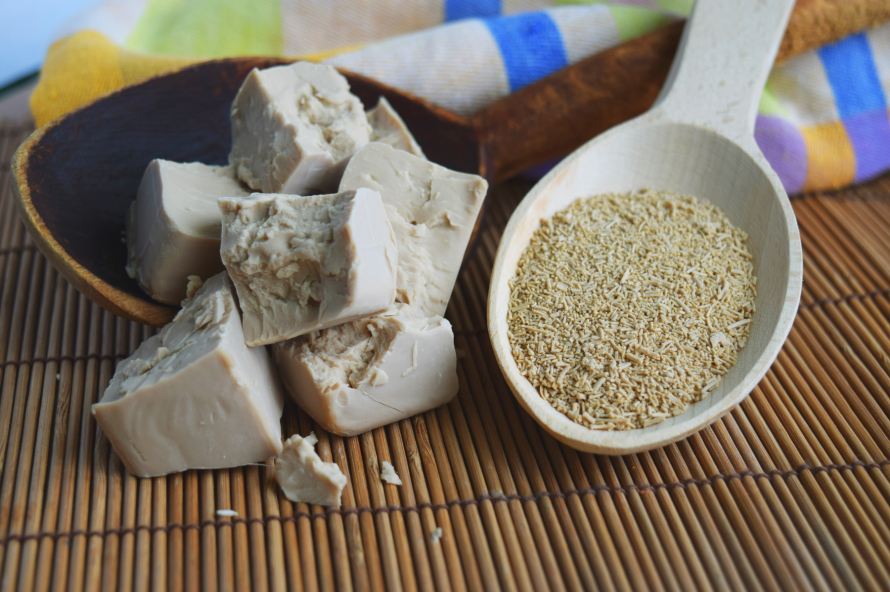
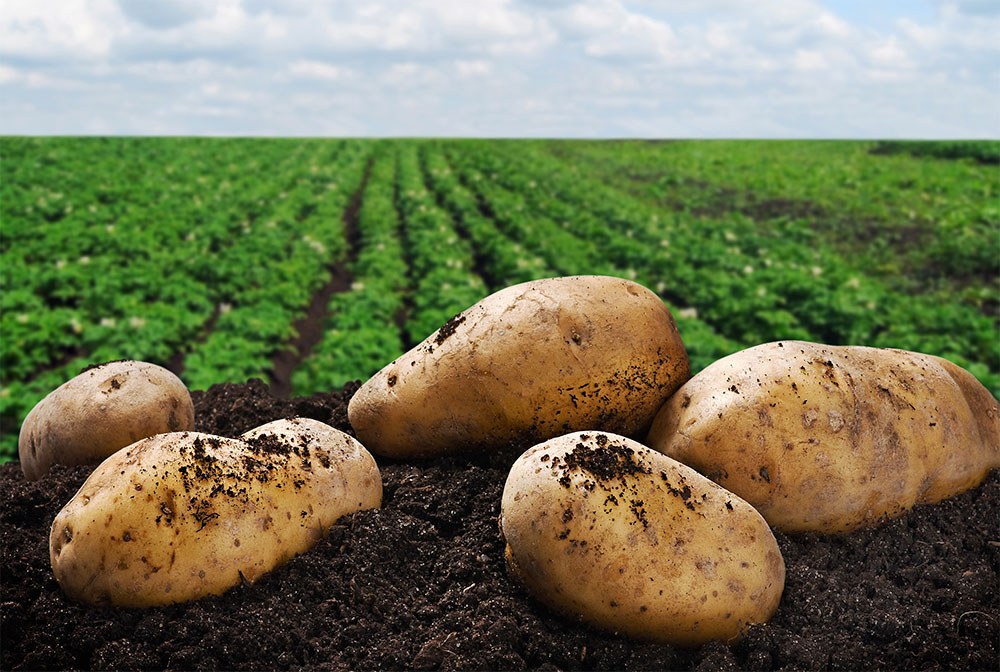
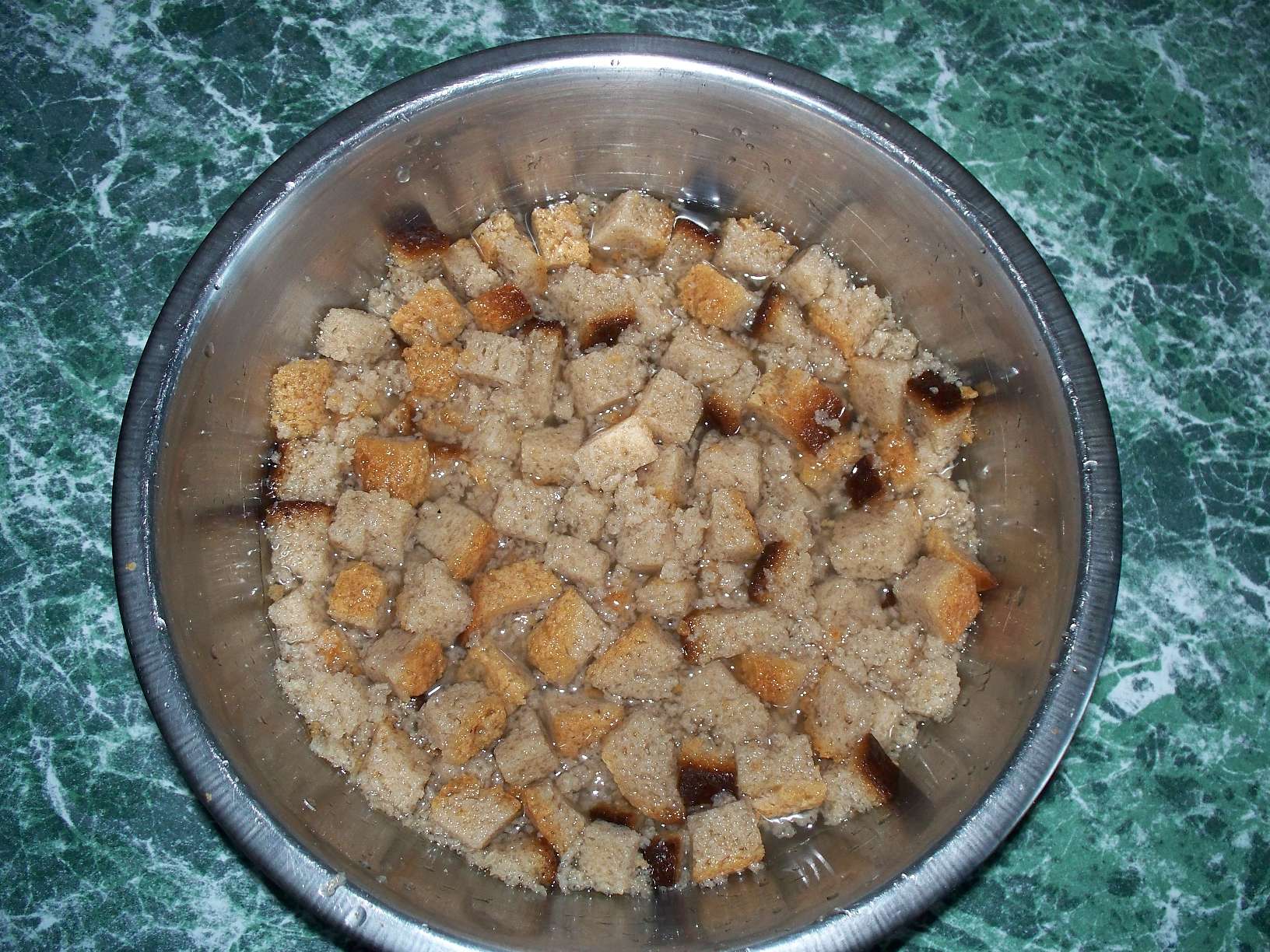
 Superphosphate: what is it and how to apply it
Superphosphate: what is it and how to apply it What problems can be expected from siderats?
What problems can be expected from siderats? Secrets of the collection, storage and use of eggshells in the garden
Secrets of the collection, storage and use of eggshells in the garden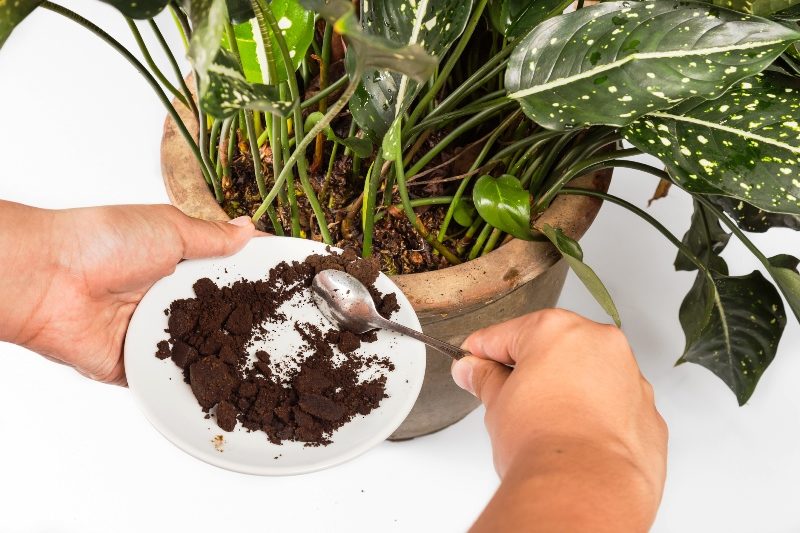 The most popular top dressing for indoor plants
The most popular top dressing for indoor plants